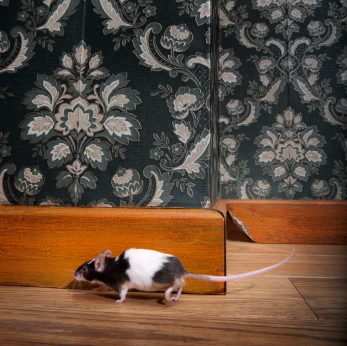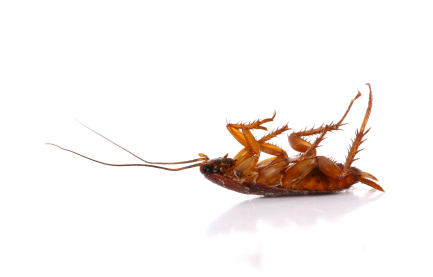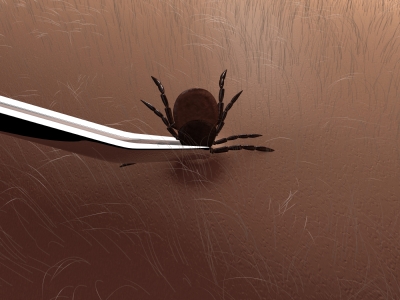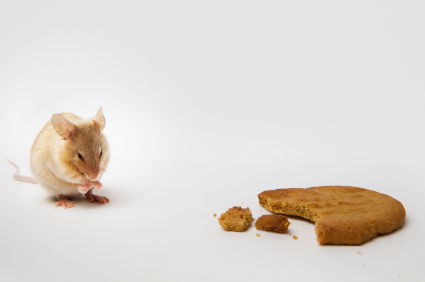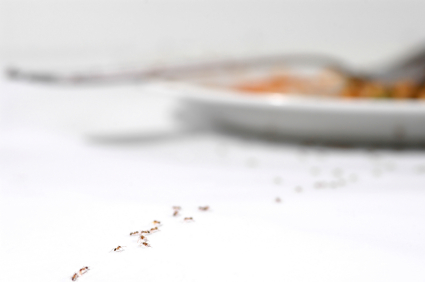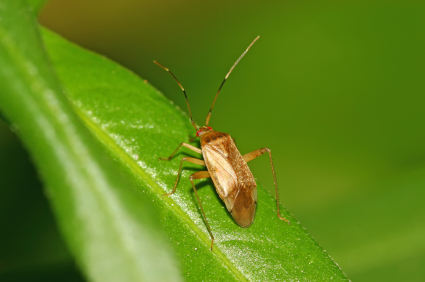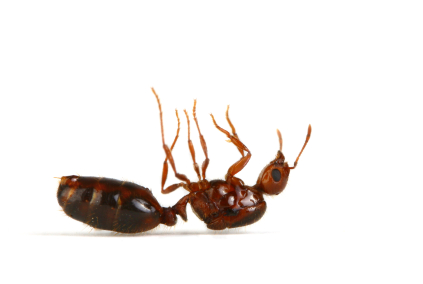Unless you’re a cat, chances are you don’t like mice. Mice are a nuisance to deal with because of the damage they cause, the diseases they can spread, and because they’re small little creatures that seem to always be one step ahead of the people trying to catch them. Now you may be asking yourself, why do mice live in homes?
Mice love invading peoples’ houses because they are driven by their survival instinct to always look for food and shelter. Living outside has many inherent dangers for these furry rodents, ranging from snakes to cats to humans to even the weather. Living inside, though, often means unlimited food, no predators except humans, and comfortable living conditions. So for a mouse, living in someone’s home where a lot of its work is done for it seems like a better deal than the outdoors.
While it’s true the mouse is simply looking out for itself, it is not advisable to leave a mouse population within your home unchecked. Mice can be very destructive in groups with their constant gnawing and potential for disease spreading. So if you are aware of mice in your home, here are a few steps to follow to get rid of them.
The first step is to keep your house as clean as possible. This means throwing out and vacuuming any bits of food lying around, sealing any trashcans, and cleaning places like counter tops, sinks, and kitchen floors. This step is important to prevent the mice population from growing much larger.
The next step is to start setting up traps all around your house in places that appear mouse-friendly. Areas like cracks or small holes in the walls, dark corners in your home, and crevices are great places to keep these traps. Make sure you remember where you keep your traps though! The best types of traps are the ones that trap the mice in place. Glue traps, snap traps, and similar traps are good for this, as they keep the mouse in place for disposal. Traps that poison the mouse are not recommended, as these poisons can take time to work. Poisoned mice may retreat back to the hard to reach areas before they die, resulting in smelly carcasses in places where cleanup may be difficult.
While mice may be just living their life with no intention of harming others, the fact remains that they are sometimes dangerous rodents. Their feces and saliva may contain viruses and bacteria so it is vital to exterminate any mouse infestation.
If you have followed these steps and still need help getting rid of these pests, consider using TalkLocal to find a pest control company for you. TalkLocal is a free service that will connect you with top-quality, pest control companies in your neighborhood within minutes. Just enter in your specific problem, location and availability, and up to three companies will call YOU directly, saving you the time and stress of finding one yourself.

